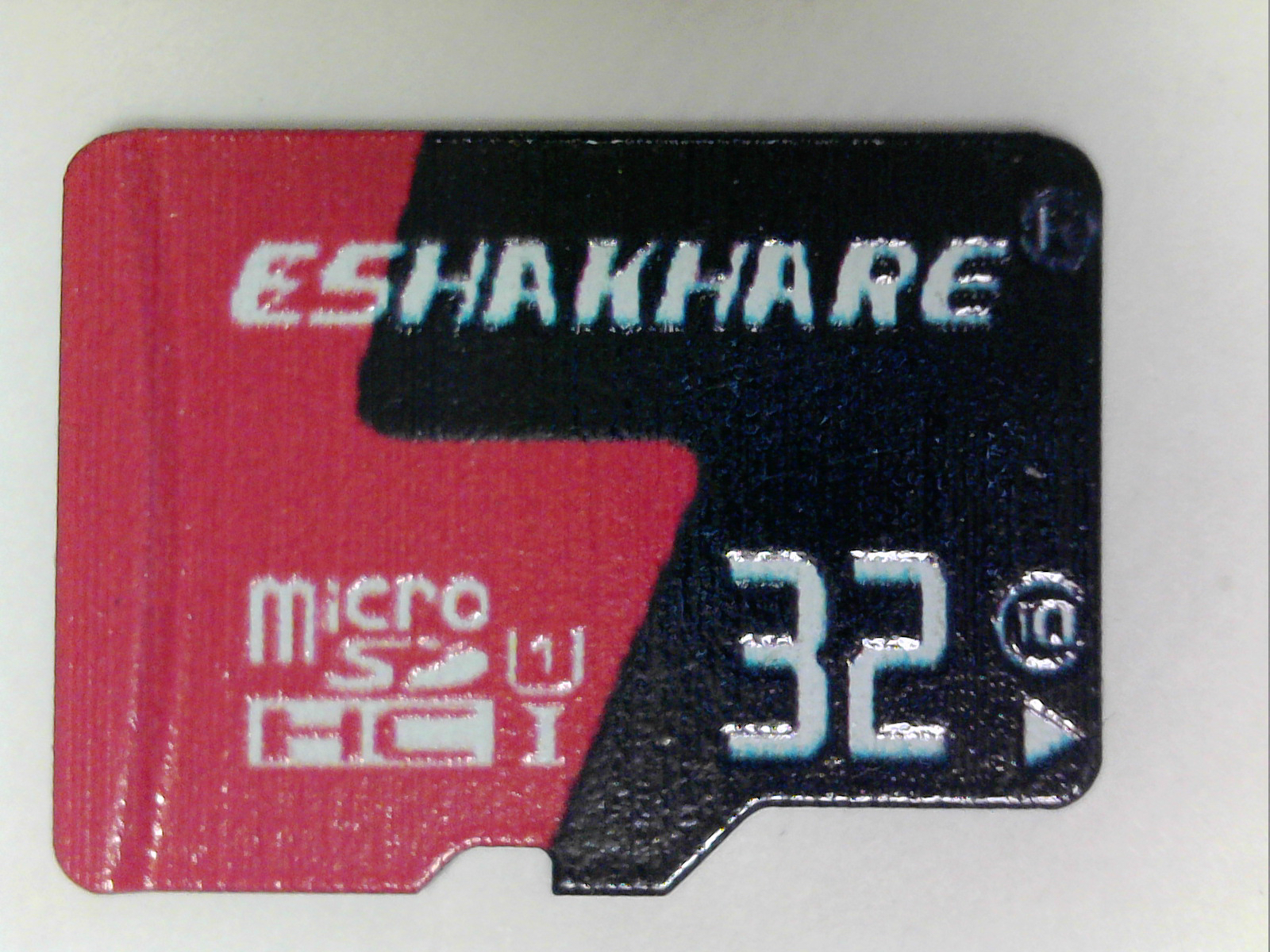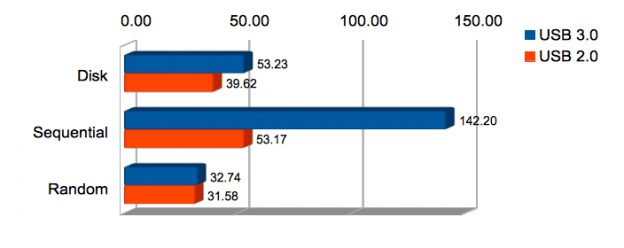

Reading files from the drive is faster than writing files to the drive. Moving large folders of information is also fast, although not as big an improvement. With the Seagate it takes about 45-50 seconds on average.
XBENCH SSD 4K PRO
With the stock hard drive my MacBook Pro takes a little over a minute and a half to load. Boot times with the SSD were fast, three to four times as a fast when compared to the other two drives. The other two measurements we performed were boot times and times to load and move files around. The Seagate was a modest upgrade, but the OCZ drive was more than seven times faster.

I used Xbench to test three drives: the stock 5400 Toshiba hard drive that came in the MacBook Pro, the Seagate Momentus XT which we upgraded to previously and the OCZ Agility 3 SSD drive.
XBENCH SSD 4K WINDOWS
This drive is compatible with Windows 7, Vista and XP. Maximum 4K Random Write: 85,000 IOPS (input/output operations per second).Random Write = 4KB: 50,000 IOPS (input/output operations per second).The rated speeds of the 120GB drive are as follows from OCZ: I got the 120GB model, but it comes in sizes of 60GB and 240GB as well. The 2.5″ drive fits well in the MacBook Pro. The drive itself even looks nice with a black case and green markings labeling it. That’s right! Not one millisecond but one tenth of a millisecond. The drive stores your data on MLC NAND Flash memory and has native TRIM support. The OCZ Agility 3 is a 120GB SSD with a SATA 6Gbps rating. However, nothing compares to running your system with a fast SSD as the main boot and OS disk. Then, I upgraded it with a Momentus XT Hybrid Hard Drive and thought that was a nice speed bump. When I reviewed the MacBook Pro I called it the nicest workhorse notebook I have ever used. As upgrades go, this one change radically improves using my 2011 15″ MacBook Pro. The OCZ Agility 3 120GB SSD really cooks! With it, my MacBook Pro feels like a screaming speed demon. The system boots faster and the environment responds instantly.


 0 kommentar(er)
0 kommentar(er)
